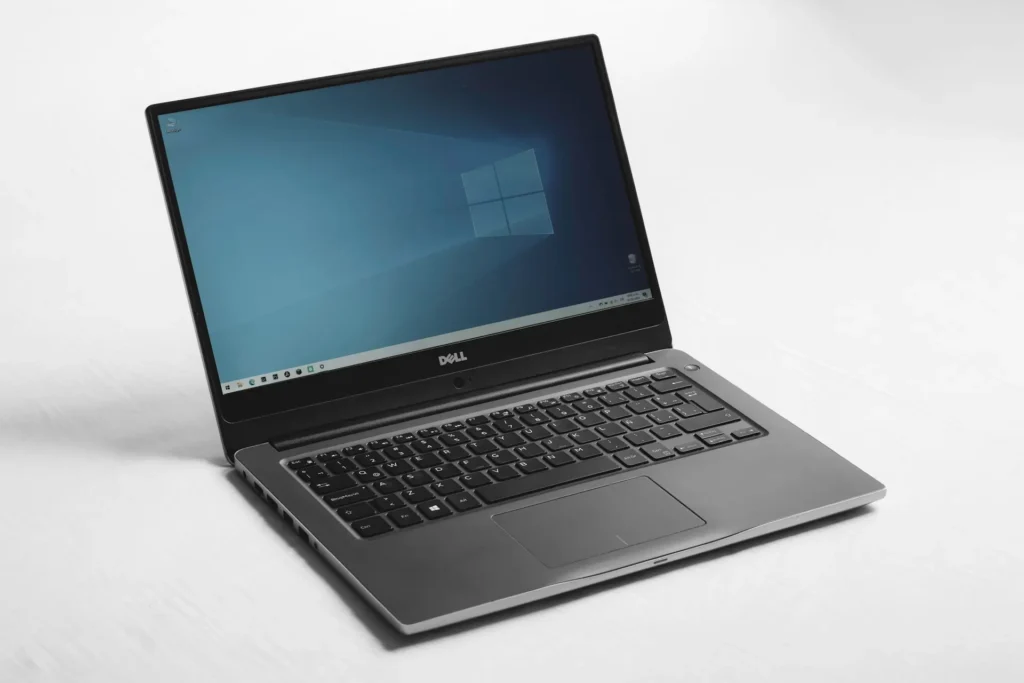How to Reduce IT Costs by Selling Used Electronics Securely
The cost of almost everything (including IT costs) is at an all-time high. At the same time, companies need to perform regular tech refreshes and upgrade their devices if they want to stay ahead of the competition. In other words, more costs.
Thankfully, your organization can sidestep these rising IT costs and actually reduce them by sell used IT equipment instead of simply forgetting them in storage rooms and allowing their value to depreciate.
Although selling used IT equipment is an excellent way to reduce IT costs, it is not without its risks. And the major concern of selling used IT equipment is the risk of data breaches occurring from resold devices.
So, this guide will walk you through how to sell used IT equipment the right way. You’ll learn how to:
- Cut IT costs by offloading outdated devices
- Maintain airtight data security through certified erasure
- Choose reliable, compliant resale or trade-in partners
- Streamline an effective ITAD workflow
If reducing IT costs without risking a security breach sounds like the plan, read on. Let’s turn your decommissioned tech into recovered value securely.
Why Selling Used IT Equipment Is a Smart Cost-Cutting Strategy
Selling used IT equipment is an excellent way to reduce costs while helping the environment. And nowadays businesses are cycling through devices faster than ever because technology is evolving at a rapid pace. Many times this cycle creates a growing inventory of functional but idle devices.
Instead of just letting these valuable functional devices collect dust in some storage, selling them as soon as possible would generate funds, funds that can then be injected into the IT budget.
If you’re thinking “how do I find buyers for these devices?”, then you’d be glad to know that there’s a lot of demand for functional used devices, so selling them isn’t as difficult as you might think. In fact, companies like SmartphonesPLUS are more than willing to buy your full inventory of used IT equipment; not just phones and laptops.
The Data Security Risks of Improper Device Disposal
As I said earlier, one of the major concerns of selling used IT equipment is how when done wrong it could lead to data breaches, giving malicious people access to sensitive business data. A good example of this is the Morgan Stanley data breach case, where hackers used information left over on disposed IT equipment to attack the company, as a result over 15 million people were affected and SEC fined them $35 million.
Also note that simply deleting files is not enough. Depending on the device, even a factory reset could still leave your company vulnerable.
Common mistakes to avoid:
- Performing only a factory reset
- Deleting files manually without wiping the drive
- Using unverified or outdated data-wiping tools
- Not removing user accounts or mobile device management (MDM) profiles
- Sending devices to recyclers without proper documentation or data erasure verification
Proper data security practices aren’t just good commercially, it’s also a legal obligation. Several U.S. laws enforce strict requirements for handling and disposing of sensitive data, especially during device resale or decommissioning. These include:
- HIPAA (Health Insurance Portability and Accountability Act): Requires healthcare providers and their partners to properly dispose of devices containing protected health information (PHI), or face hefty fines.
- GLBA (Gramm-Leach-Bliley Act): Mandates financial institutions to implement safeguards for customer data, including secure disposal practices.
- CCPA (California Consumer Privacy Act): Grants California residents the right to have their personal data securely deleted—even from retired hardware.
- FTC Enforcement Actions: The Federal Trade Commission has fined companies (like Morgan Stanley in 2022) for failing to properly erase data before disposing of IT assets, reinforcing the legal stakes.
Certified Data Erasure: The Gold Standard for Device Sanitization
When it comes to protecting sensitive information, certified data erasure is non-negotiable. This process involves permanently overwriting data using specialized software in compliance with industry standards like NIST 800-88.
Top-rated tools include:
These tools provide detailed audit logs and certificates of erasure, which are critical for demonstrating compliance and security due diligence. For devices that cannot be reused or are too old, physical destruction is another option. By using shredders or degaussers, ITAD companies can render storage completely unusable.
Choosing the Right Buyback or Resale Partner
Partnering with the right buyback company or resale partner is a crucial part of selling used IT equipment. The vendor you partner with determines how smooth the process is, how much value you get back from your used IT equipment, and most importantly, how data security is managed.
So, before choosing a partner here are a few important things you need to look out for:
- Trustworthiness – What do their reviews and ratings say? Look for consistent feedback across platforms.
- Issue Resolution – How do they handle complaints? Pay close attention to how they respond to negative reviews.
- Experience – How long have they been in the business? Do they specialize in enterprise IT assets?
- Data Security Practices – Do they have relevant certifications (e.g., R2, ISO 27001)? What protocols do they follow for data wiping and chain of custody?
- Fair Valuation – How much are they willing to pay for your used devices? Are their offers transparent and competitive?
Building a Risk-Free IT Asset Disposition (ITAD) Workflow
As companies regularly upgrade and replace their technology, having a structured ITAD workflow is essential. It not only helps streamline the resale of used IT equipment but also supports ongoing efforts to reduce IT costs efficiently and securely.
Steps to Create a Structured and Comprehensive ITAD Workflow
Internal Policies for Data Handling: Establish clear procedures for device decommissioning, responsibility assignment, and required data erasure standards. Cover all device types, from laptops and servers to phones and external drives.
Asset Tagging and Inventory Tracking: Tag and log each device in an asset management system to track its location, usage history, and status throughout its lifecycle.
Verified Data Erasure and Documentation: Use certified wiping tools and retain logs or certificates to prove compliance. Without documentation, data sanitization can’t be verified.
Remote Device Inclusion: Account for remote and hybrid setups by incorporating offboarding procedures, secure return kits, and remote wiping into your ITAD plan.
Vendor Integration: Ensure resale or recycling partners follow your ITAD standards and provide documentation of data destruction and chain of custody. Partners like SmartphonesPLUS practice the highest ITAD standards, provide secure data destruction and handle logistics.
With a structure like this in place, your organization can retire used electronics confidently and with ease.
Final Words
In an era of high IT costs, selling used equipment is a smart way to save money, but only if data security isn’t compromised in the process. So it’s important to ensure airtight protection of sensitive data. This means using certified data erasure, partnering with reputable vendors, and implementing a structured IT asset disposition (ITAD) workflow. By following these steps, you can confidently turn your organization’s decommissioned tech into recovered value without risking a costly data breach.
FAQs: Reducing IT Costs Without Compromising Data Security
Can we just wipe devices manually before selling them?
No. Manual wipes or factory resets often leave recoverable data. Certified tools provide verifiable, irreversible data erasure.
Is physical destruction more secure than data erasure?
Both have their place. Erasure is better when the device will be reused. Physical destruction is ideal for obsolete or non-functional devices.
How much value can we recover from used enterprise electronics?
Depending on the device age and condition, recovery ranges from 10% to 50% of original cost.
Is it legal to sell employee-used laptops and phones?
Yes, but ensure all personal and corporate data are wiped, and that devices are unlinked from MDM or Apple ID accounts before resale.








